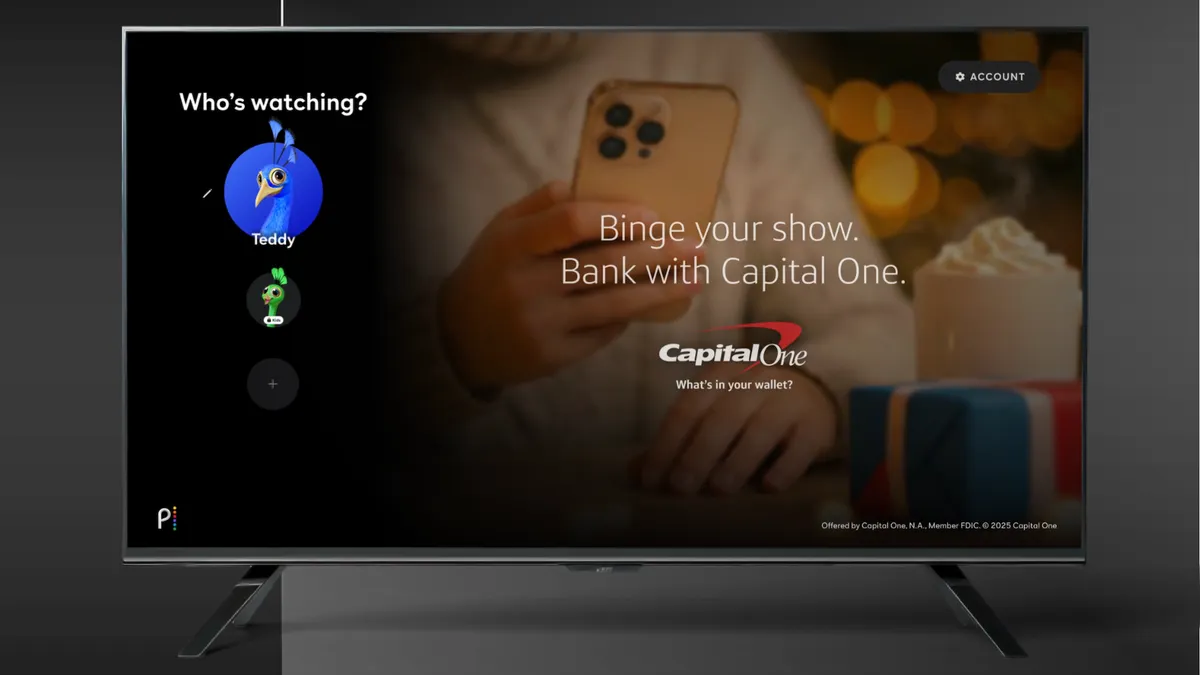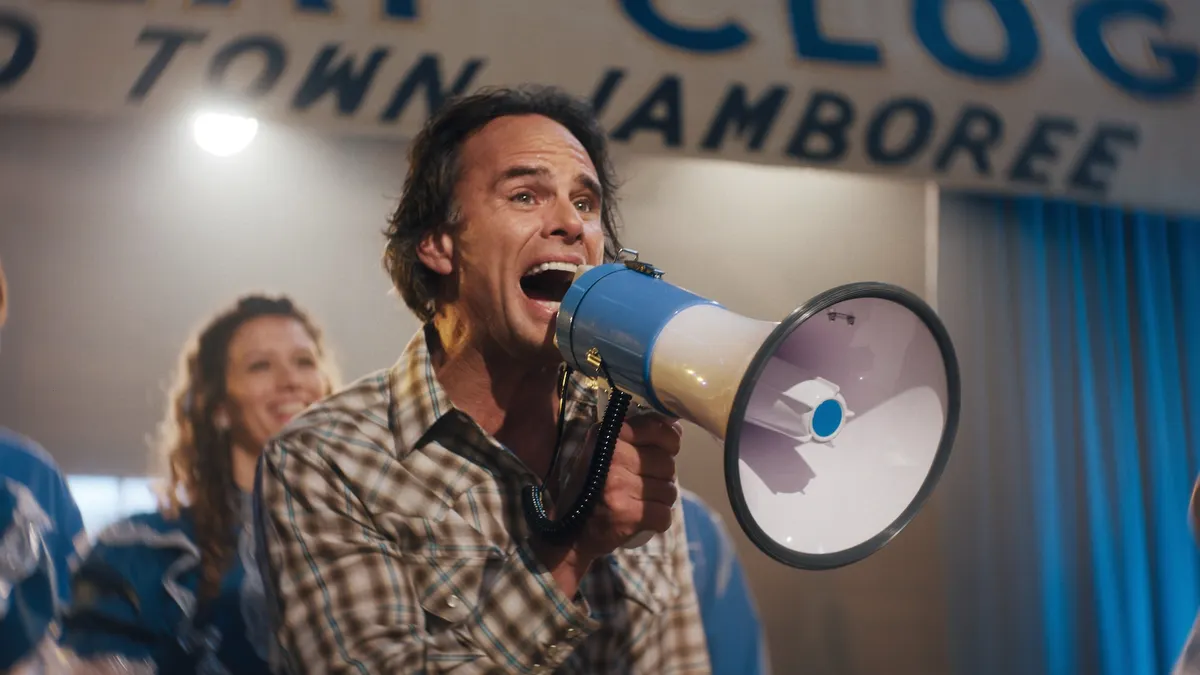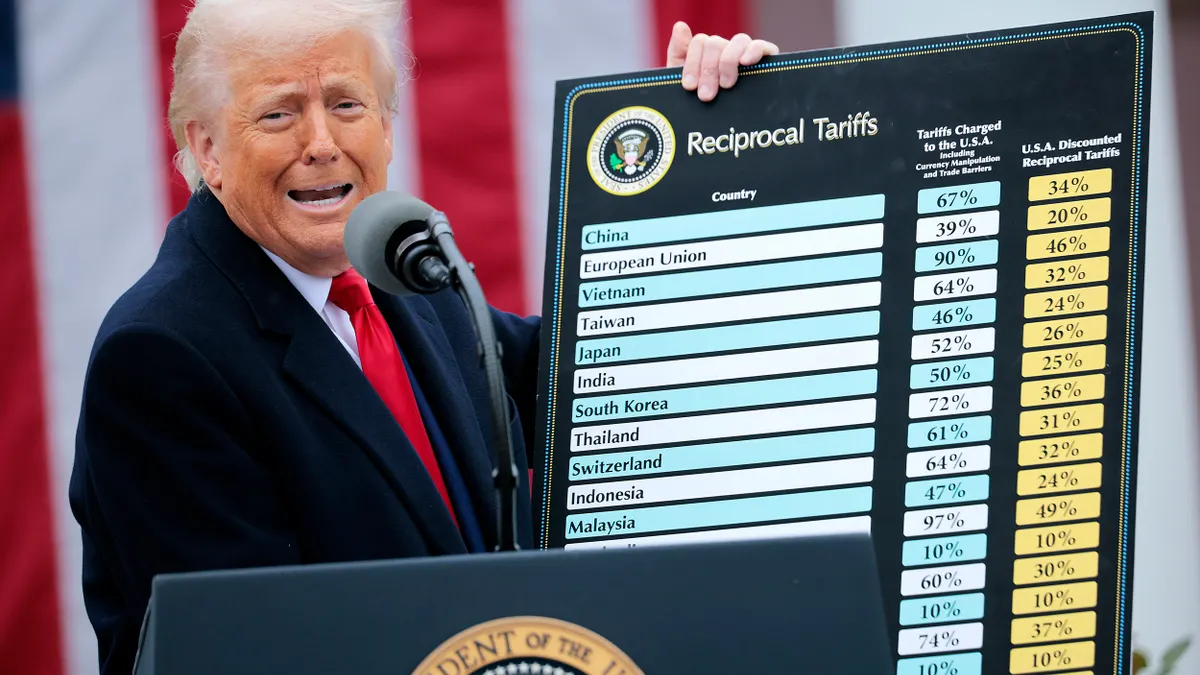Chief creative officers (CCOs) have proliferated at brands in recent months, with companies from Ikea and Walmart to the NFL's Washington Football Team adding the role to their marketing rosters. A rising profile for CCOs comes as creative agencies contend with heavy pandemic workloads and the continued in-housing by marketers of key functions, resulting in feelings of burnout and alienation. Perhaps tellingly, several CCO hires of late cut their teeth in the agency space.
"When people move over to the client-side, whether it's real or perceived, there is this thought that they're going to have more control," said Tim Anderson, an independent brand strategist and transformation expert. "There's a perception that they'll have more ability to impact brands at a bigger, broader, more anthemic level."
Last week, the Washington Football Team announced it tapped Will Misselbrook to fill its first CCO position. Misselbrook last held top creative duties at The Wall Street Journal, and before that worked at agencies including Wieden + Kennedy, Saatchi & Saatchi and BBH New York. The Wonderful Company, which owns brands such as POM Wonderful, Wonderful Pistachios and Fiji Water, earlier this month appointed Margaret Keene of MullenLowe to lead creative duties at its in-house Wonderful Agency, though the role already existed at the company. In April, Walmart brought over Jean Batthany from Disney's in-house Yellow Shoes agency to take on a newly created CCO mantle. And Ikea earlier that month set up the CCO role for Linus Karlsson, who previously consulted with the home goods retailer and built a reputation for his work at shops like Crispin Porter Bogusky and Mother, the latter of which he co-founded.
"It's definitely a trend and I think it will continue to proliferate," Anderson said of CCOs.
At the same time, creative agency talent feels overworked and undervalued. A contingent of agency employees don't believe the industry allows them to fully express their creativity, nodding to an increasingly risk-averse environment, per a recent study conducted between Anderson and market research firm Bastion db5 that was shared with Marketing Dive. Nearly one-quarter of respondents reported not being confident in the current trajectory of the space. Pressures are compounded by a pandemic that has blurred work-life balance, while more stable partnership models like agencies of records (AORs) are less common than in the past.
"Will that person's philosophy and personality and approach to getting creative work mesh with that culture, or will there be some friction that creates more problems?"

Tim Anderson
Brand strategist
A greater number of CCOs on the client-side ultimately sends a signal that budgets for marketing services providers could be reduced during a period when workloads are surging for full-service brand shops and digital boutiques alike, according to Anderson.
"With the need to fill all that work — all of that digital work — there's a lot more people involved, but not as much money going around," Anderson said. "That's really adding to a lot of the tension and some of the frustration with some of the people, especially on the creative side, that are more open to exploring a path further upstream and closer and more direct on the client."
Pros and cons
CCOs can fill different needs and wield varying degrees of power within an organization. At Walmart, Batthany, who also acts as vice president of creative in the U.S., reports to CMO William White. Wonderful's Keene reports to Michael Perdigao, president of the Wonderful Agency. Despite some structural differences, most brands have the same goals in mind in bringing on a CCO.
"The clients are looking for or chasing the same thing as the creatives when they're jumping over there: They're looking for greater control, rather than being reliant on one or multiple different agencies fulfilling all of their various and growing production needs," Anderson said. "Why not keep it closer to the vest?"
Pushing more creative directorship in-house carries risks of myopia and insularity with fewer outside voices to provide feedback. Conversely, cultural fit can be a problem, as a CCO who pushes back too much may butt heads with internal teams that have an established way of conducting business.
"Other brands and companies that are hiring CCOs, that's going to be a big question mark: Will that person's philosophy and personality and approach to getting creative work mesh with that culture, or will there be some friction that creates more problems?" Anderson said.
And while greater freedom and flexibility may be top-of-mind for agency talent making the leap client-side, there are new restrictions to consider as well. Working within a single brand inherently narrows the diversity of products and services creatives can market around, while also introducing more stringent mandates around messaging and brand-building initiatives.
"You've got that revolving door on the agency side of different projects, different brands that you can work on as a chief creative officer," Anderson said. "On the client-side, you better be careful because you don't want to bite the hand that feeds you."




















